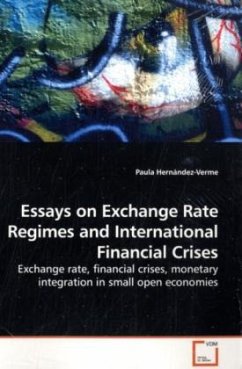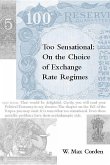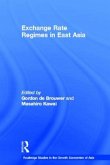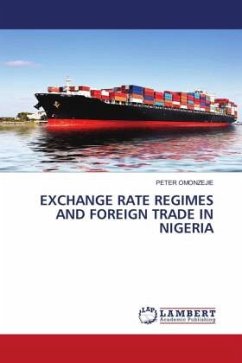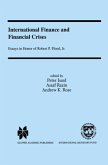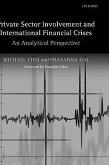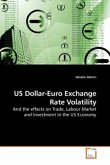This book investigates the relative merits of different exchange rate regimes along several dimensions, especially with respect to reductions in inflation, the promotion of financial deepening and the avoidance of stagnation in output. The main findings are that a common currency -combined with no legal restrictions on exchange, helps the financial periphery to overcome liquidity problems and the constraints they imply on output. Moreover, since an exchange rate regime is defined by a particular choice and financing of monetary targets while volatility reflects the presence of endogenous economic fluctuations, the scope for economic fluctuations can be typically reduced by a policy of inflation targeting, when compared to either a (free) floating exchange rate regime or a currency board. However, the potential of this policy to improve on stability and/or on determinacy of dynamic equilibria seems to depend strongly on the probability of repaying loans in the economy. This book is oriented to advanced undergraduate students and graduate students in economics, as well as researchers and policymakers interested in topics of international macro and monetary economics.
Bitte wählen Sie Ihr Anliegen aus.
Rechnungen
Retourenschein anfordern
Bestellstatus
Storno

